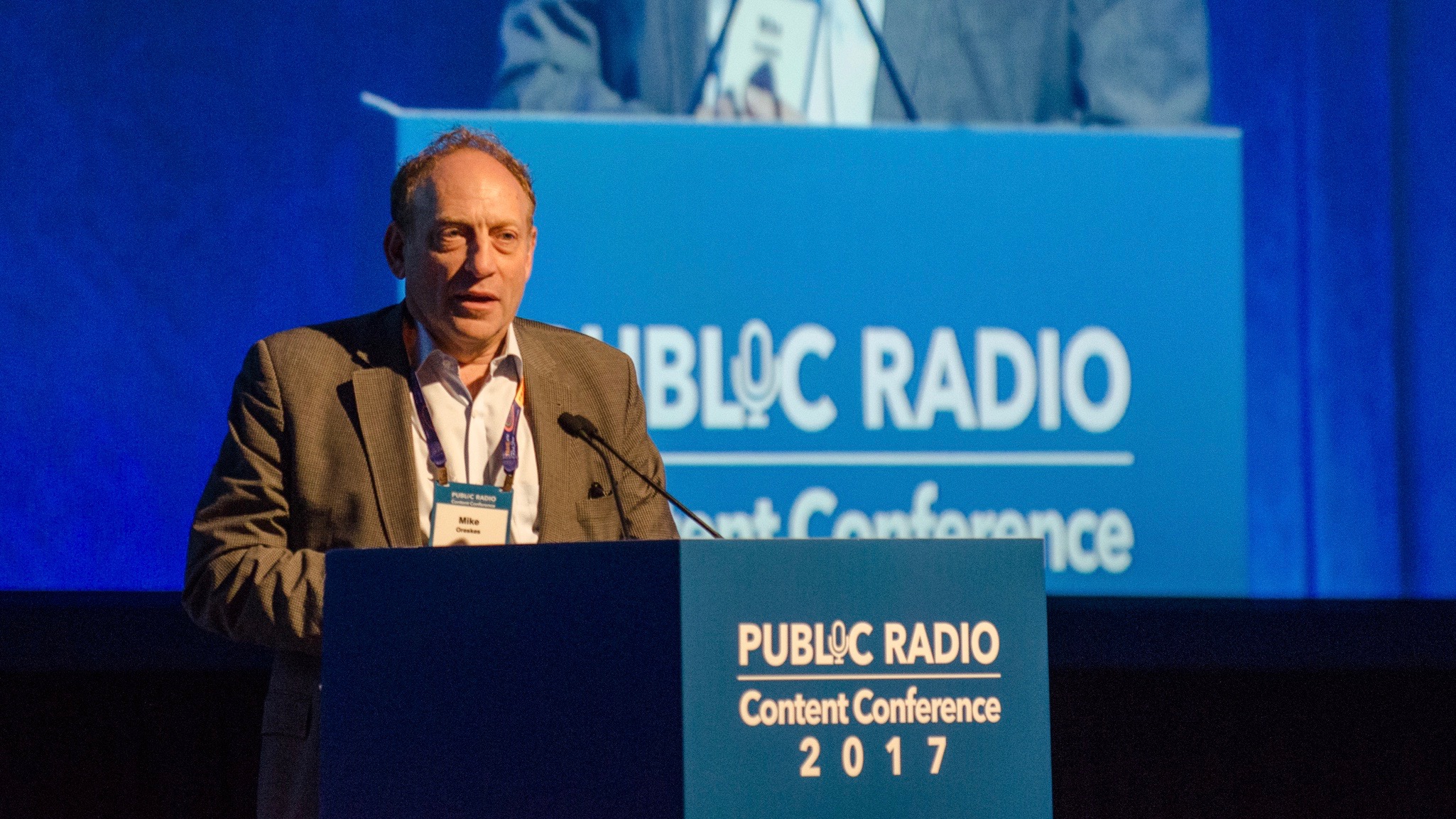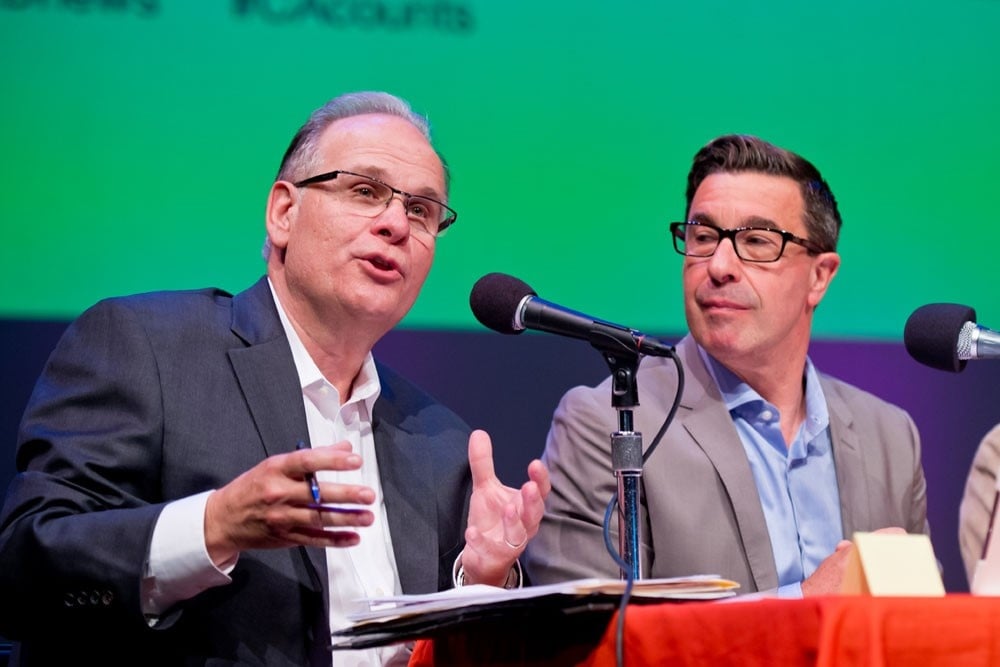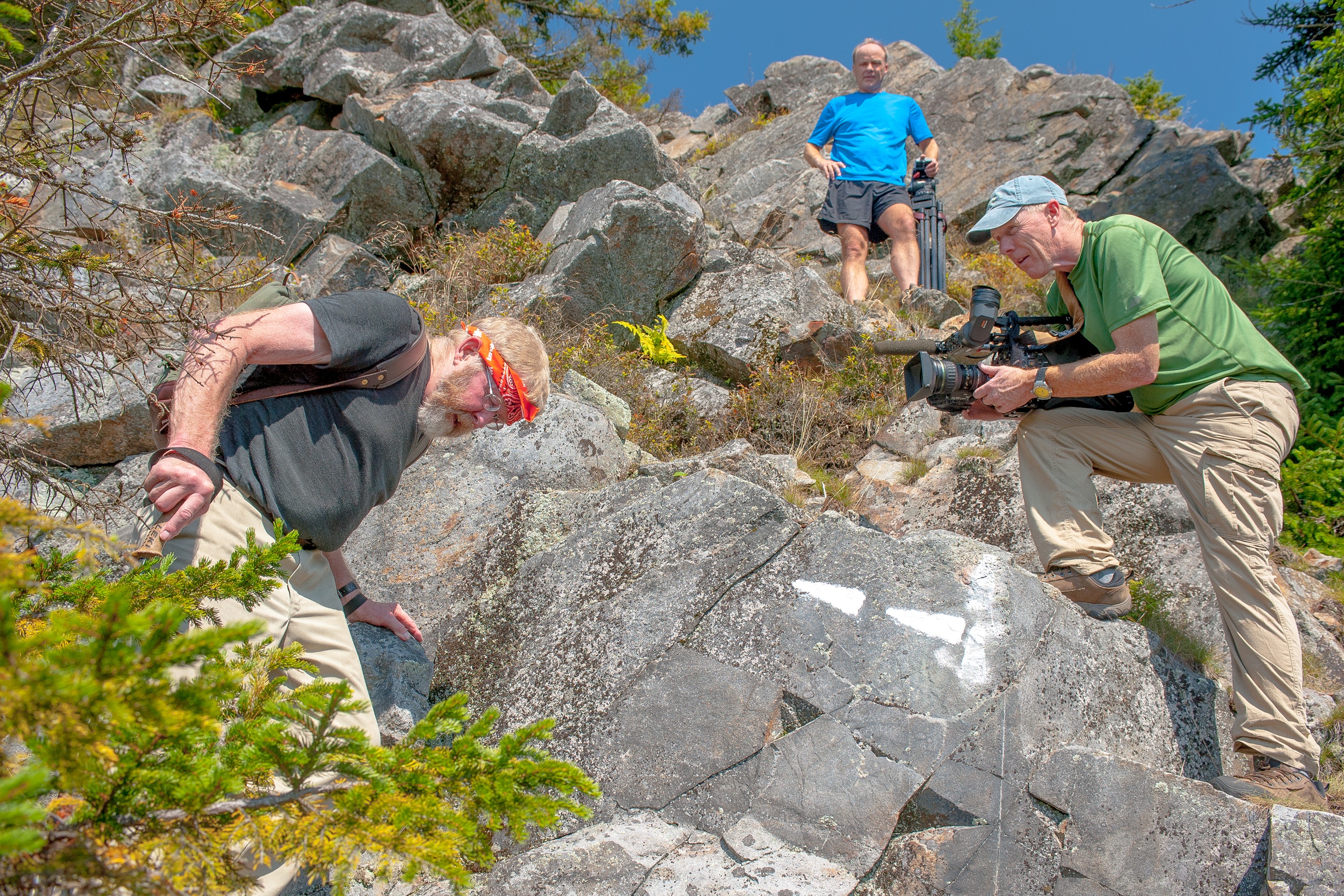Tag: Collaboration
At PRPD, NPR’s Oreskes talks details of journalism hubs with stations
“Most of what we are going to end up improving will be our local coverage or our regional coverage, which then will ...How crowdsourced questions fueled election coverage for California stations
Partners in the multimedia project used social media marketing and a variety of digital tools to get a broad cross-section of voters ...ProPublica builds on election project with database Documenting Hate
Its latest reporting partnership will be an ongoing initiative to verify reports on hate crimes and collaborate on investigations.Indiana stations work out system for sharing ‘ATC’ host
The arrangement between WFYI and WBAA is expected to free other newsroom staff to report and produce more feature stories.NPR, stations to partner on state government and politics reporting
The partnership is open to all interested member stations.Two Louisiana public radio stations share general manager
The two stations will maintain independence.Framed around broad questions, NPR’s ‘Nation Engaged’ built election coverage with strong local focus
The editorial collaboration tested new approaches for framing news coverage in ways that attract diverse voices and promote the role of local ...Five organizations partner on Chesapeake Bay reporting
The first report will air Monday.NPR, stations see progress in collaborative news coverage
But a new report also points out shortcomings in the two-year-old effort to strengthen joint reporting.As collaborations expand, newsroom leadership jobs prove difficult to fill
“The system of collaboration we are building requires more editors.”Chicago public radio and TV newsrooms begin partnership
The stations will start by making it easier to share news coverage as they consider future projects for collaboration.Collaborations between radio, TV expand coverage but have limits
National producers and networks are finding ways to work across media, despite challenges posed by technology.Eight New England broadcasters form CPB-backed collaboration
The collaborative will report on regional topics like climate, energy, transportation and immigration.How New Hampshire Public TV bounced back from a loss of state funding
A collaboration with WGBH and outsourcing some functions have helped the station stay sustainable.Three Great Lakes stations form reporting partnership
The collaboration will cover health and the economic importance of the Great Lakes to the region.










